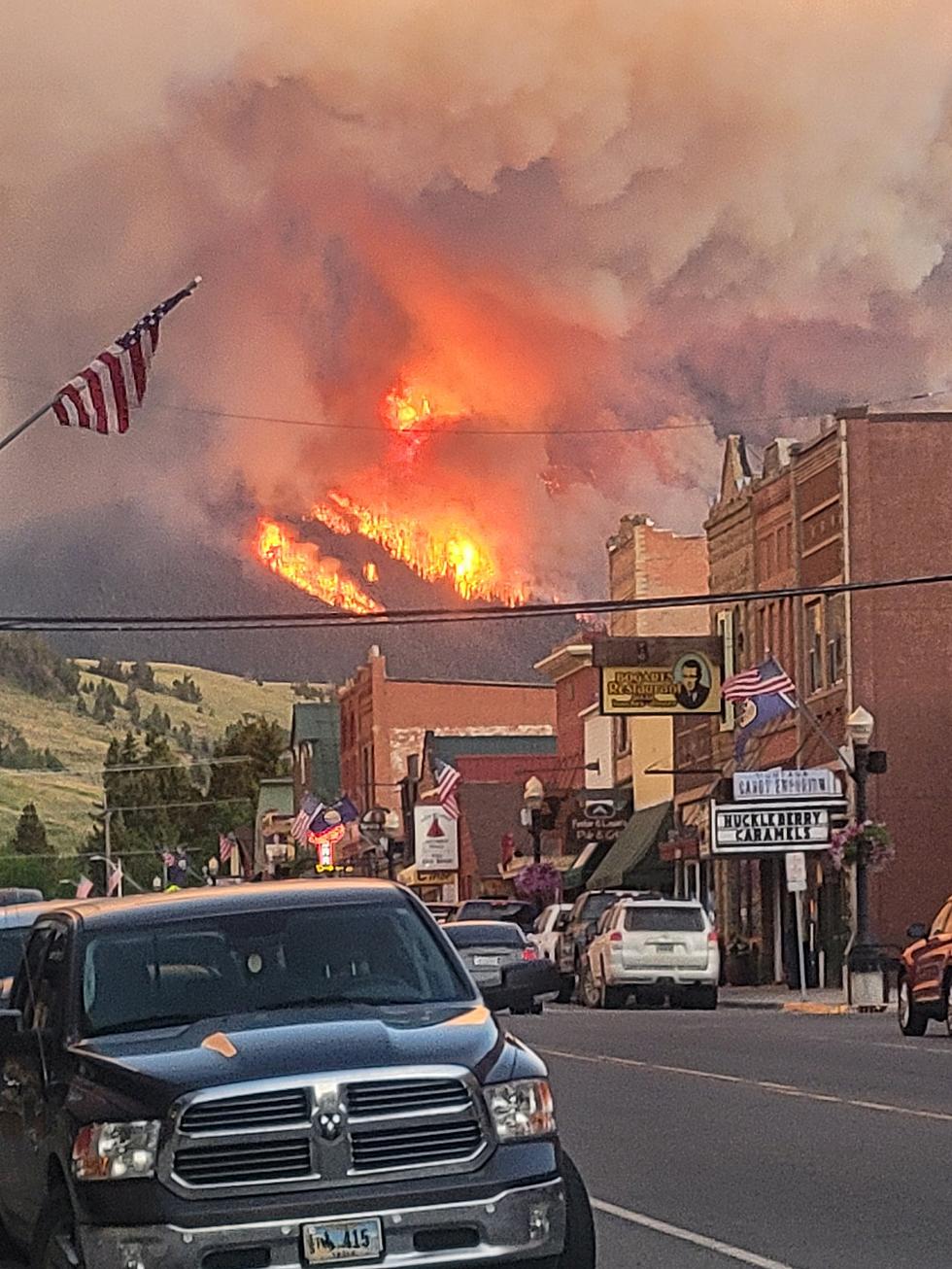
Montana Already Dealing With Two Major Wildfires
It's only mid-June. Meteorologists have been predicting a bad fire season. Sadly, they seem to be spot-on so far.
If these incidents are any indication, it could be a very stressful summer. Associated Press tells us that wildfires burning in Montana have expanded in size over a 24-hour period, causing evacuations from some rural areas. Heat and heavy winds have been a dangerous recipe. An unknown number of homes have already been destroyed.
In the Big Belt Mountains east of Townsend, firefighters pulled back from a fast-moving fire and into safety zones when it became unsafe to fight. A fire helicopter made a crash landing and caught fire. Fortunately, only minor injuries were reported for the crew.
And south of Red Lodge, a fire grew to more than 30 square miles by this morning (Wednesday), forcing an evacuation order for 450 houses.
Dangerous, record-setting heat is spreading across southwestern states and into parts of Utah, Montana and Wyoming. It's caused by a dome of high pressure that's hovering over a large swath of the region, pushing temperatures into the triple digits this week and intensifying the risk for wildfires amid a long-running drought.
In a related note, Governor Greg Gianforte has issued a disaster declaration in five eastern Montana counties after a series of severe thunderstorms late last week led to extended power outages. The declaration issued Tuesday allows the state to request federal disaster relief. Over 800 power poles and lines across east central Montana were damaged during thunderstorms on June 10, with hail reaching 3 inches in diameter, recorded wind speeds of up to 90 miles per hour, and gusts of up to 115 miles per hour. The five affected counties are Dawson, Garfield, McCone, Richland and Roosevelt.
LOOK: The most expensive weather and climate disasters in recent decades
More From 96.9 Zoo FM









